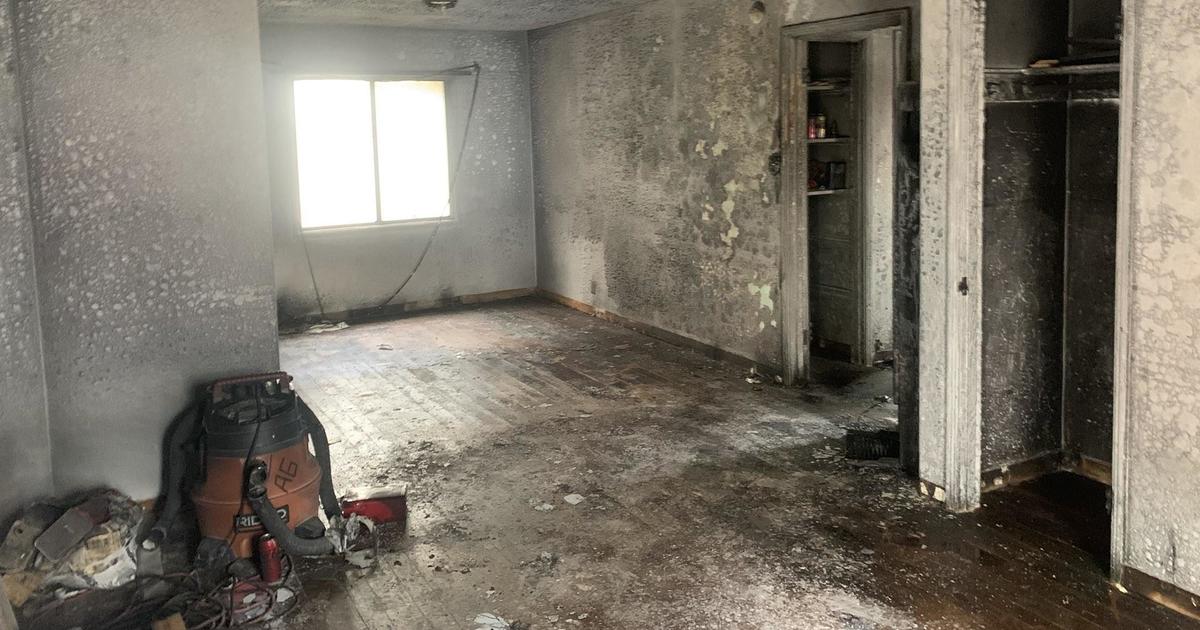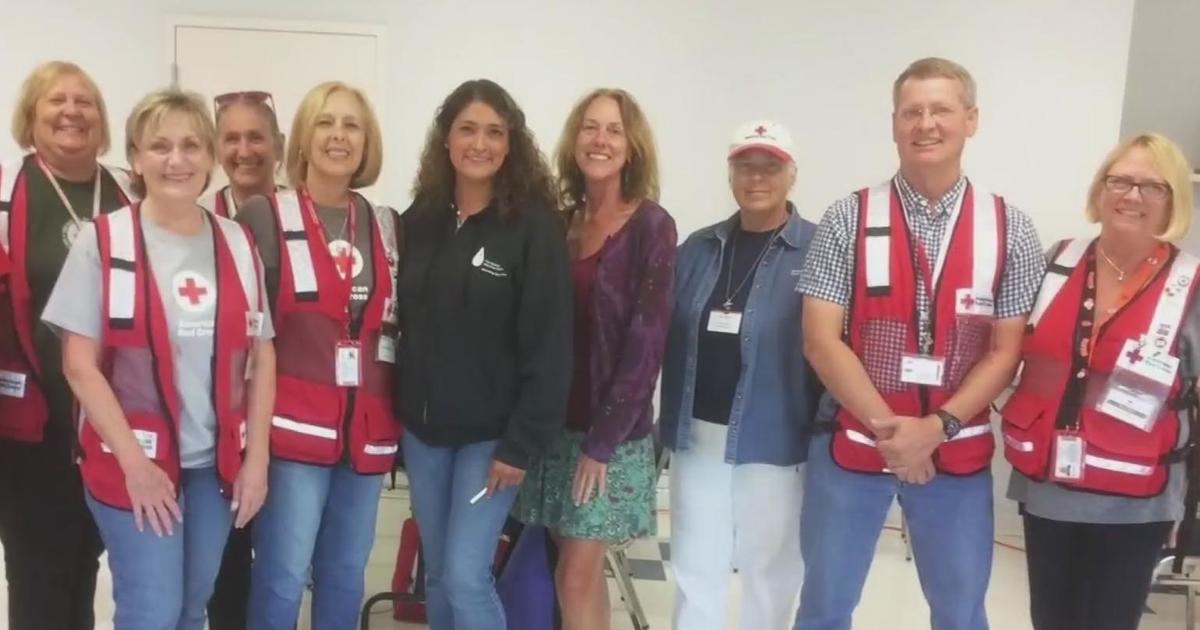Deadly Hurricane Matthew Closes In On Florida
CAPE CANAVERAL, Fla. (CBS / AP) -- Leaving more than 100 dead in its wake across the Caribbean, Hurricane Matthew steamed toward Florida with potentially catastrophic winds of 140 mph Thursday, as 2 million people across the Southeast were warned to flee inland.
Forecasters said at around 11 p.m. Eastern Standard Time that hurricane conditions were expected to reach the Florida warning area in the next few hours.
The National Hurricane Center says Hurricane Matthew still has maximum sustained winds near 130 mph (215 kph) but is forecast to weaken to a Category 3 in the next two days, when it moves north into Georgia and South Carolina.
President Barack Obama on Thursday night declared a state of emergency for Georgia. He had already issued states of emergency for Florida and South Carolina.
Matthew is about 125 miles (200 kilometers) southeast of Cape Canaveral, Florida, and moving northwest at 13 mph (20 kph).
Florida Power and Light reports that about 95,000 customers -- about 42,000 in Palm Beach County alone -- are already without electricity.
"This storm's a monster," Gov. Rick Scott warned as it started lashing the state with rain and wind around nightfall. He added: "I'm going to pray for everybody's safety."
As it moved north in the evening, Matthew stayed about 100 miles or more off South Florida, sparing the 4.4 million people in the Miami and Fort Lauderdale areas from its most punishing effects.
"We were lucky this time," Miami-Dade Mayor Carlos Gimenez said.
The hurricane was instead expected to blow ashore — or come dangerously close to doing so — early Friday north of West Palm Beach, which has about 1.1 million people, and then slowly push north for the next 12 hours along the Interstate 95 corridor, through Cape Canaveral and Jacksonville, according to the National Hurricane Center.
Forecasters said it would then probably hug the coast of Georgia and South Carolina over the weekend before veering out to sea — perhaps even looping back toward Florida in the middle of next week as a tropical storm.
Millions of people in Florida, Georgia and South Carolina were told to evacuate their homes, and interstate highways were turned into one-way routes to speed the exodus. Florida alone accounted for about 1.5 million of those told to clear out.
"The storm has already killed people. We should expect the same impact in Florida," the governor warned.
Many boarded up their homes and businesses and left them to the mercy of the storm.
"We're not going to take any chances on this one," said Daniel Myras, who struggled to find enough plywood to protect his restaurant, the Cruisin Cafe, two blocks from the Daytona Beach boardwalk.
He added: "A lot of people here, they laugh, and say they've been through storms before and they're not worried. But I think this is the one that's going to give us a wake-up call."
Forecasters said it could dump up to 15 inches of rain in some spots and cause a storm surge of 9 feet or more.
The Fort Lauderdale airport shut down, and the Orlando airport planned to do so as well. Airlines canceled more than 3,000 flights Thursday and Friday, many of them in or out of Miami and Fort Lauderdale.
Amtrak suspended train service between Miami and New York, and cruise lines rerouted ships to avoid the storm, which in some cases will mean more days at sea.
Orlando's world-famous theme parks — Walt Disney World, Universal Studios and SeaWorld — all closed.
Patients were transferred from two Florida waterfront hospitals and a nursing home near Daytona Beach to safer locations.
Thousands of people hunkered down in schools converted to shelters, while inland hotels in places such as Charlotte, North Carolina, reported brisk business.
At the Kennedy Space Center in Cape Canaveral, NASA no longer has to worry about rolling space shuttles back from the launch pad to the hangar because of hurricanes, since the shuttle fleet is now retired. But the spaceflight company SpaceX was concerned about the storm's effect on its leased seaside pad.
As evening fell, the winds picked up along Vero Beach, midway between West Palm Beach and Cape Canaveral, stripping away palm fronds, ripping awnings and blowing sand that stung the face. Waves crashed on the beach, and rain came in short bursts.
The last Category 3 storm or higher to hit the U.S. was Wilma in October 2005. It sliced across Florida with 120 mph winds, killing five people and causing an estimated $21 billion in damage.
As people hurried to higher ground, authorities in South Carolina said a motorist died on Wednesday after being shot by deputies in a gun battle that erupted when he sped away from a checkpoint along an evacuation route.
Matthew killed at least 114 people as it roared through the Caribbean. Officials said at least 108 of those deaths were in desperately poor Haiti, where many towns were cut off by the storm and the magnitude of the disaster was just beginning to come into focus two days later.
In the Bahamas, authorities reported many downed trees and power lines but no immediate deaths.
Georgia Gov. Nathan Deal ordered an evacuation of the entire Georgia coast, covering more than a half-million people. It was the first hurricane evacuation along the Georgia coast since 1999, when the state narrowly escaped Floyd.
Some coastal residents in Georgia and beyond decided to take their chances and stay.
Darcy O'Connor, a restaurant owner who lives in a rowhouse in Savannah, Georgia, a historic city of many beautifully maintained homes from the 18th and 19th century, said she and most of her neighbors were sticking around.
O'Connor noted that her home, built in 1883, has weathered hurricanes before: "Half the windows, if you look, still have the original glass. So that tells you something."



